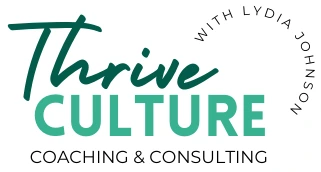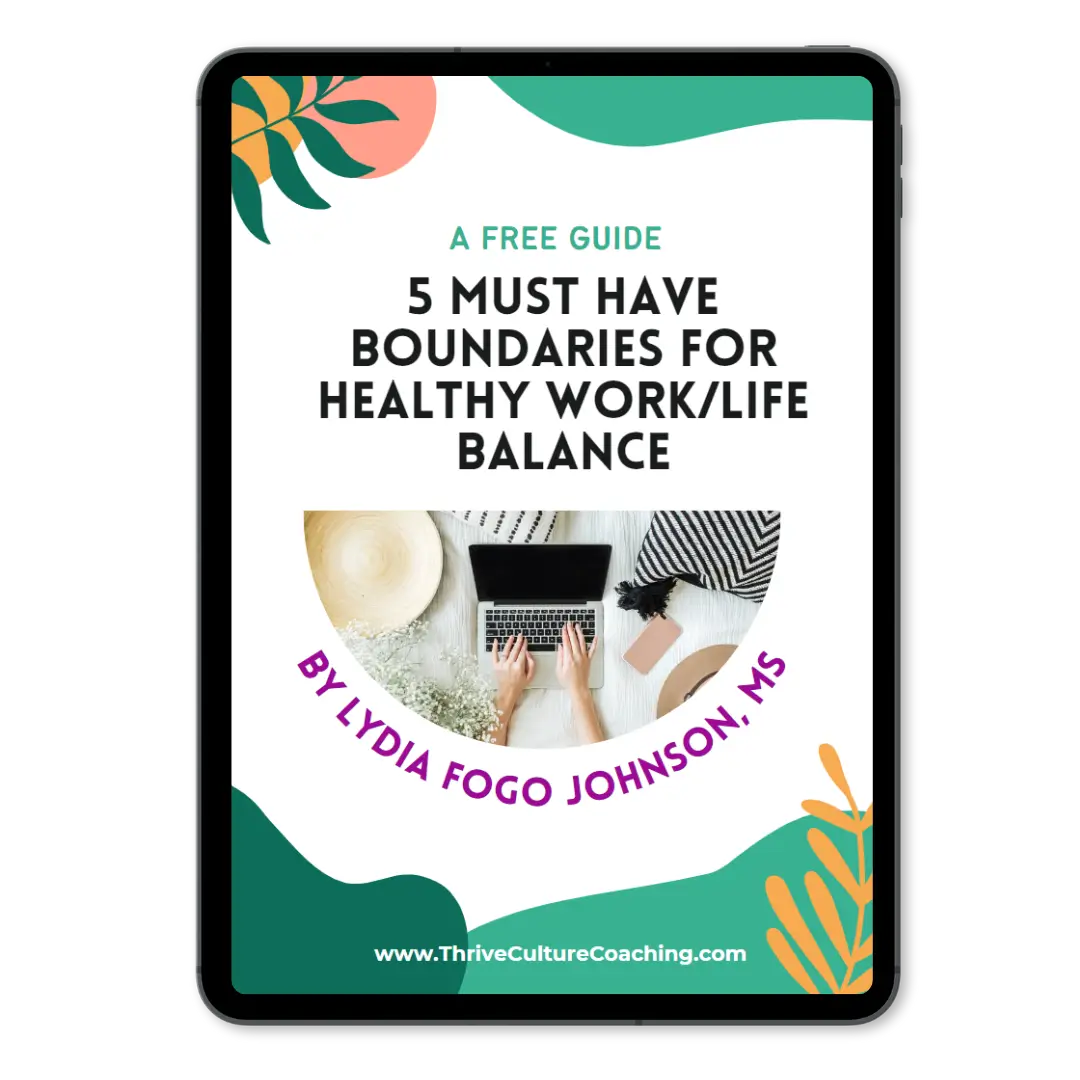Table of Contents
Ready to rock your next interview? Learn all about the STAR method (which will already give you a leg up), and then make it even better by adding an additional step (STEAR!).
I recently opened a text from a career coaching client and instantly grinned ear to ear.
They had just completed an interview that we had prepped together for the day before and were sending me a celebratory text to let me know it went incredibly well and was one of the best they’d ever done.
Of course, our interview prep session is only part of the reason for their big win (they’re a bad a** professional, so that’s a big part of the magic!), but today, I’m sharing a format to help you ace all your future interviews:
The STEAR Method!
STEAR is the STAR Method… with a twist
Thankfully, job interviews are becoming more structured, meaning you get more questions like “Tell me about a time when you…” and fewer terrible questions like “If you were a car, what color would you be?”.
Well, friends, there’s a best practice way to answer this type of question called the STAR method. STAR stands for Situation, Task, Action, and Result.
I didn’t come up with the STAR method; it’s a time-tested method commonly suggested because it helps you provide a well-organized and straightforward way to answer this type of question…
But I do have an unconventional opinion about a tweak you can use to make your response even more effective.
My advice? Answer all your interview questions in STEAR format instead of STAR by adding an “E” for editorialize.
Using the STAR Method
The STAR method stands for describing the situation, task, action, and result.
Let’s walk through an example response for each step with the following mock interview question:
Example question: Tell me about a time when you had to resolve a conflict within your team. What steps did you take, and how did it impact team dynamics?
Situation: This is where you set the scene. Describe the background or context of the situation. Imagine you’re giving someone the who, what, where, and when of your story.
- Example response: In my previous role as a project manager, our team worked on a critical client project with tight deadlines. As the pressure mounted, two team members, let’s call them Sarah and John, had conflicting opinions on the project approach. This conflict affected their collaboration and created tension within the entire team.
Task: Next, talk about the task at hand. What was your role or responsibility? What did you need to do to be successful in this situation? Remember to focus on you— you’re the hero of your interview, ok?
- Example response: I knew I needed to facilitate a resolution between Sarah and John so the conflict would no longer hinder our progress or further harm the team dynamics.
Action: This is the meat of your story. Describe the actions you took to address the situation or complete the task. What specific steps did you take? Make sure to focus on your personal contributions– don’t be humble!
- Example response: I privately talked with Sarah and John and discussed a need to come to a resolution and avoid further project delays. They both agreed on the importance of a resolution, so I scheduled a meeting for the three of us. I helped facilitate a healthy discussion during which both could express their perspectives. I helped them identify common ground, and by the end of the meeting, we had reached a compromise and updated our project plan accordingly. Based on where we’d gone wrong in this situation, I also implemented a cadence of regular team-wide check-ins and discussion forms so our team could have a format to healthily discuss our differences in the future.
Result: Finally, share the outcome. What happened as a result of your actions? Be specific and highlight any positive impact or lessons learned.
- Example response: After our meeting and with our new check-ins, Sarah and John collaborated very effectively. As the tension lifted, the overall team dynamics improved. During our new check-ins, team members felt comfortable expressing ideas and concerns openly. We went on to deliver a timely and successful client project, and the team continued to use the check-ins and discussion forms I had established for several more years.
Adding the “E” to the STAR Method
Ok— Ready to make your interview answer really shine?
Before you dive into your actions, editorialize your response by clearly stating the why behind your actions.
This is helpful because each of these situational interview questions attempts to figure out if you have a desired skill or competency.
If you can read between the lines and guess what competency this is, you can directly name it in your response.
For example, the above example question is attempting to evaluate your ability to create psychological safety in your team. So, your answer will shine if you can point-blank talk about how amazing you are at building psychological safety and why it matters to you.
Editorializing also provides a shortcut for your interviewers.
I’ve been on the hiring side of the table enough to promise you: We’re frantically jotting down notes and trying to keep the details of candidates straight.
So if you say something like, “I am someone who is extremely proactive, so I [insert action],” they’re going to write down “very proactive” on their piece of paper.
Ten interviewees later… they will look at your notes and go, “Oh yeah! She was the proactive one; I liked her.”
Here’s an example, continuing with the situation above:
Example response: As a leader, I know how important it is to set a tone of psychological safety on my team so that everyone can do their best while feeling a sense of belonging. I also know how important it is for everyone to express their ideas and opinions healthily— different opinions are how the best decisions are made! That’s why I knew I needed to talk to Sarah and John about this particular situation, but I also wanted to find a long-term fix to help encourage healthy dialogue without determining project timelines in the future. That’s why I… (insert action).
As an interviewer, I would fiercely nod my head during this response, writing down: “Good leadership skills, prioritizes psychological safety. Manages conflict well.”
So, there you go— with the STEAR method you’ve got everything you need to be the shining STA(E)R of your next interview!
Want personalized, professional help with your job search, interview strategy, resume, and LinkedIn? Check out my services page to learn more about how holistic career coaching can help you decide exactly what you want in your career and then make it happen in real life.
PS– Once you’ve landed that new dream job, use this extensive guide to gracefully quit your job and leave in a way that improves your career capital instead of handicapping it.




Share